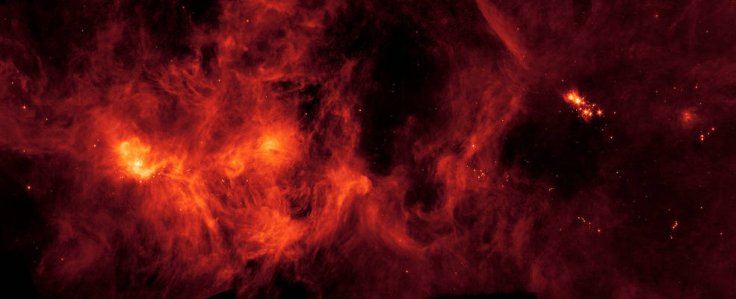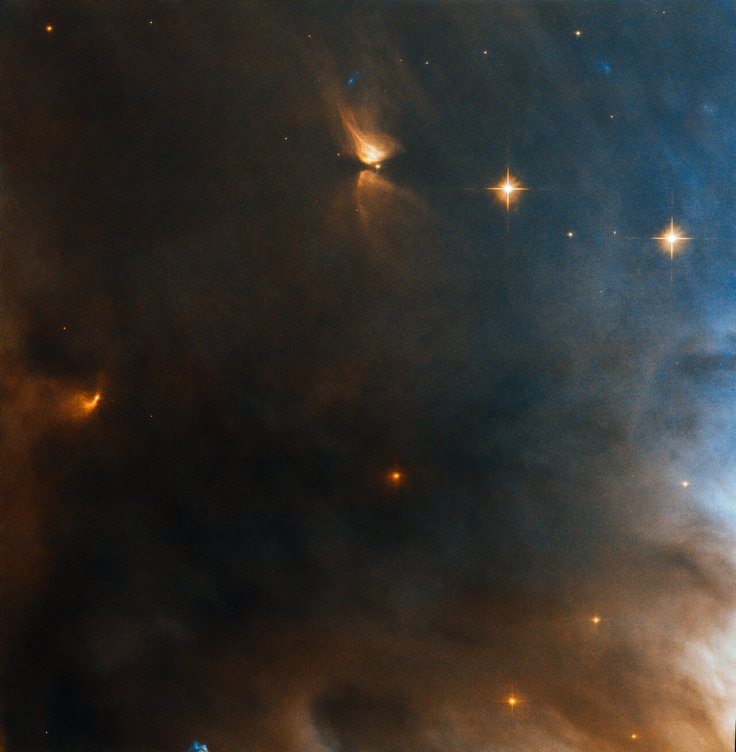NASA's Spitzer Space Telescope has spotted a massive cosmic cloud that looks like a raging fire in space. According to the agency, the cloud contains star-forming regions that have odd characteristics.
The cosmic structure viewed by the space telescope is known as the Perseus Molecular Cloud, which is about 1,000 light-years from Earth. It features a massive collection of gas and dust that has led to the formation of new young stars.
Perseus Molecular Cloud's Fiery Appearance

Through Spitzer's imaging capabilities, NASA was able to observe the bright infrared lights emitted by the cloud. The infrared radiation produced by the warm dust within the cloud generates most of the lights seen in the space telescope's photo. Its general appearance is similar to when the Sun lights up the clouds to create beautiful sunsets.
In addition to the warm dust, the infrared light seen in Spitzer's photo also comes from the different clumps of new stars within the Perseus Molecular Cloud. These include NGC 1333 and Cluster IC348. The infrared radiation coming from these bright cosmic objects illuminate the surrounding stellar materials, which then creates a stunning image of a fiery cloud in space.
Strange Evolution Of Perseus Molecular Cloud's Stars

For years, astronomers have been fascinated by the various star formations inside and around the Perseus Molecular Cloud. Unlike other regions in space, the stars within the cloud display an odd evolutionary pattern. According to NASA, when stars begin to form, they usually appear within tightly-packed clusters. Eventually, as they get older, the stars start to move away from each other.
However, in the Perseus Molecular Cloud, the older stars do not seem to move away from their original clusters. Instead, most of the star-forming regions within the cloud feature a mix of young and mature stars. For scientists at NASA, this suggests that studying the cloud could provide new information regarding the evolution of stars. "This region is telling astronomers that there's something we don't understand about star formation," astrophysicist Luisa Rebull of NASA said in a statement.








